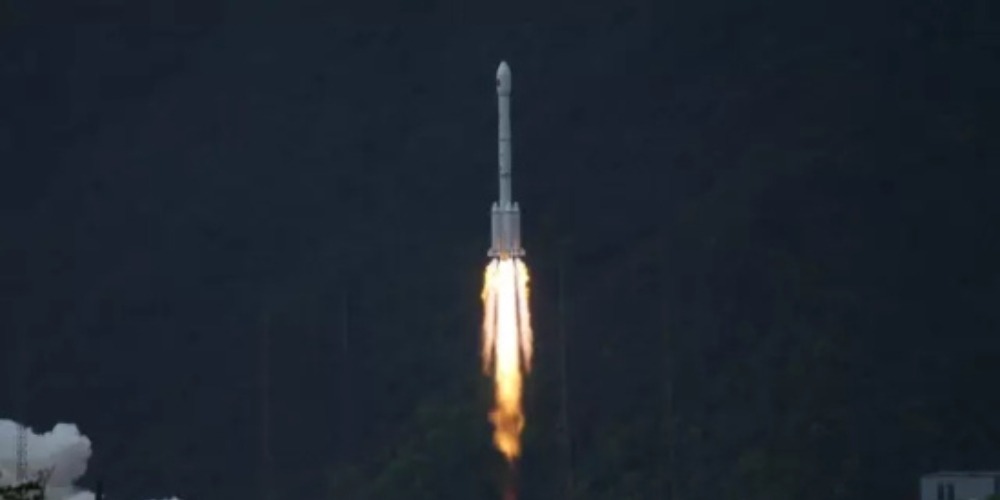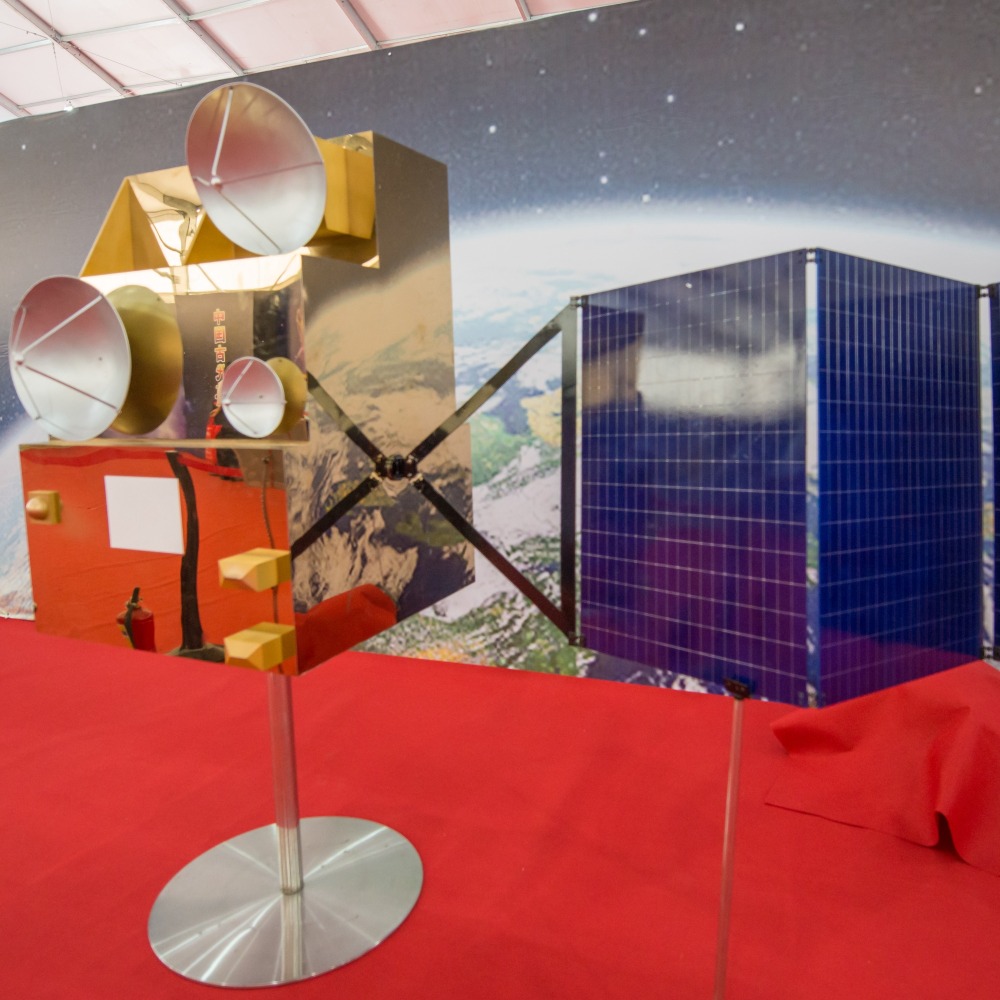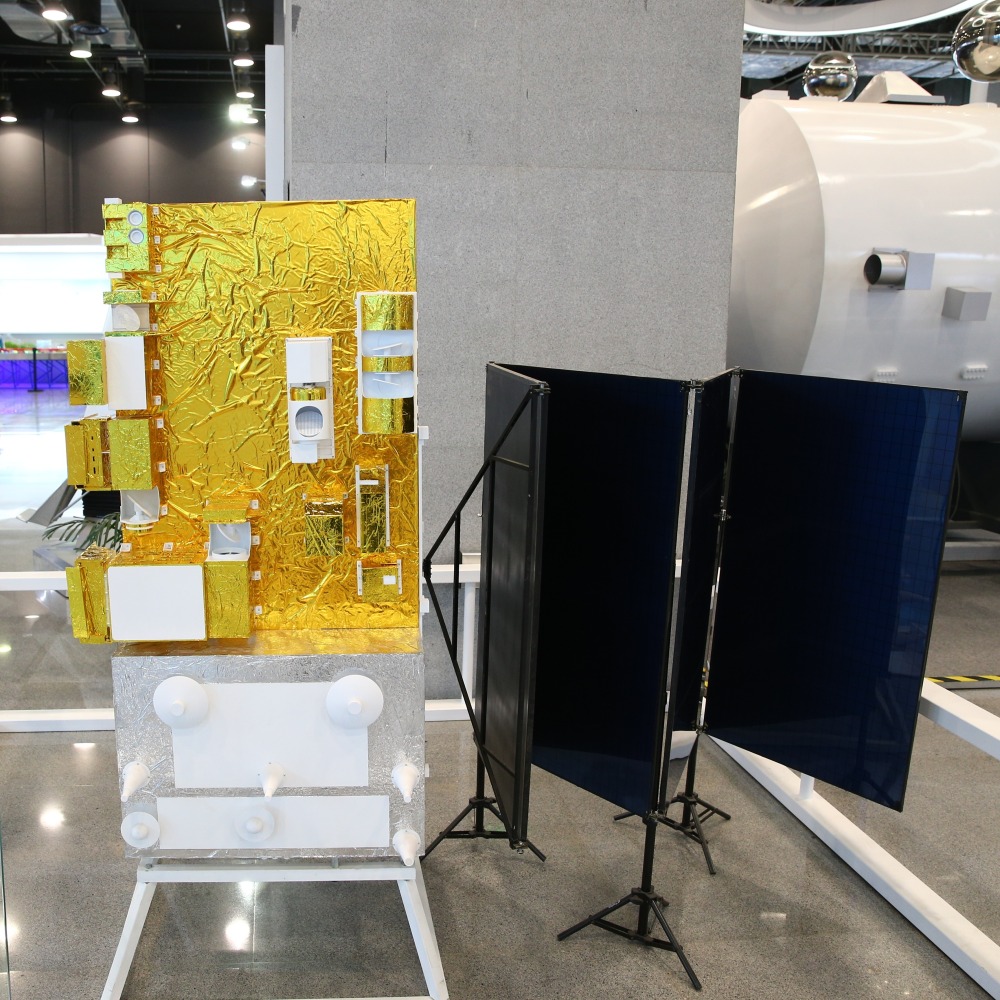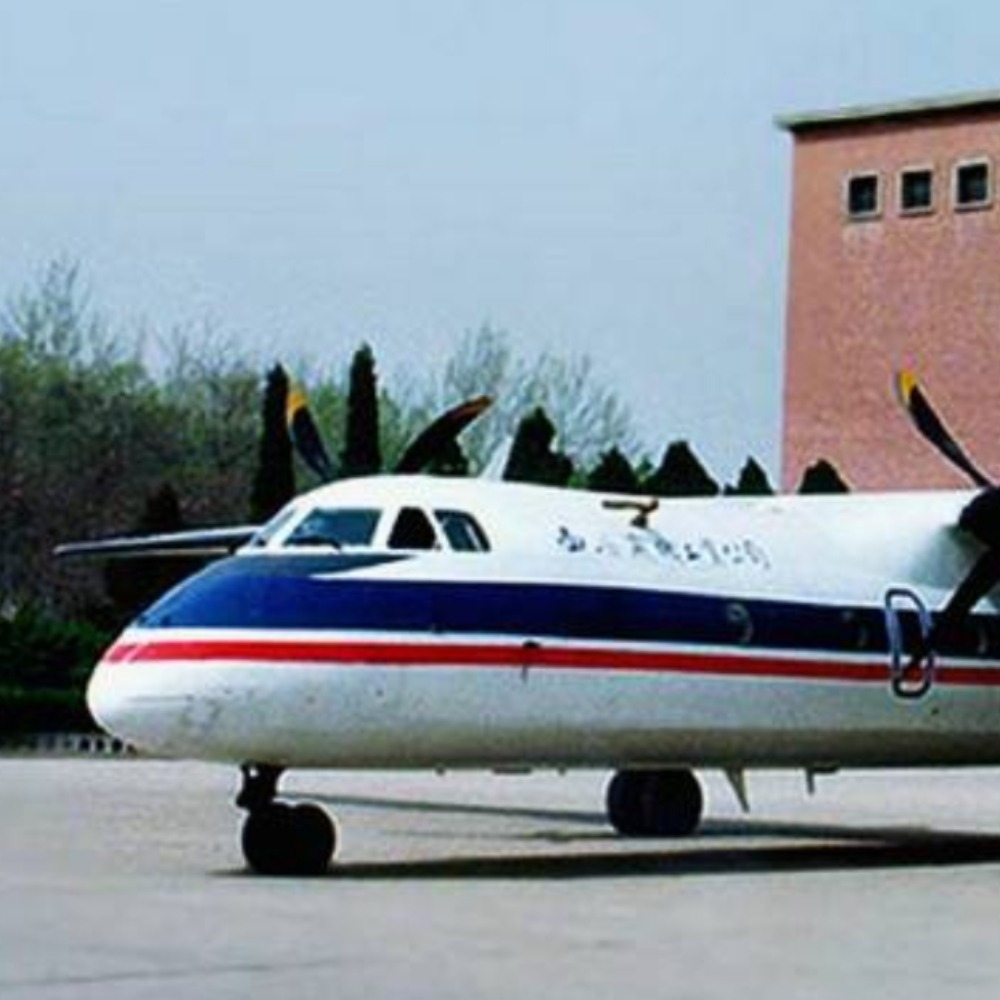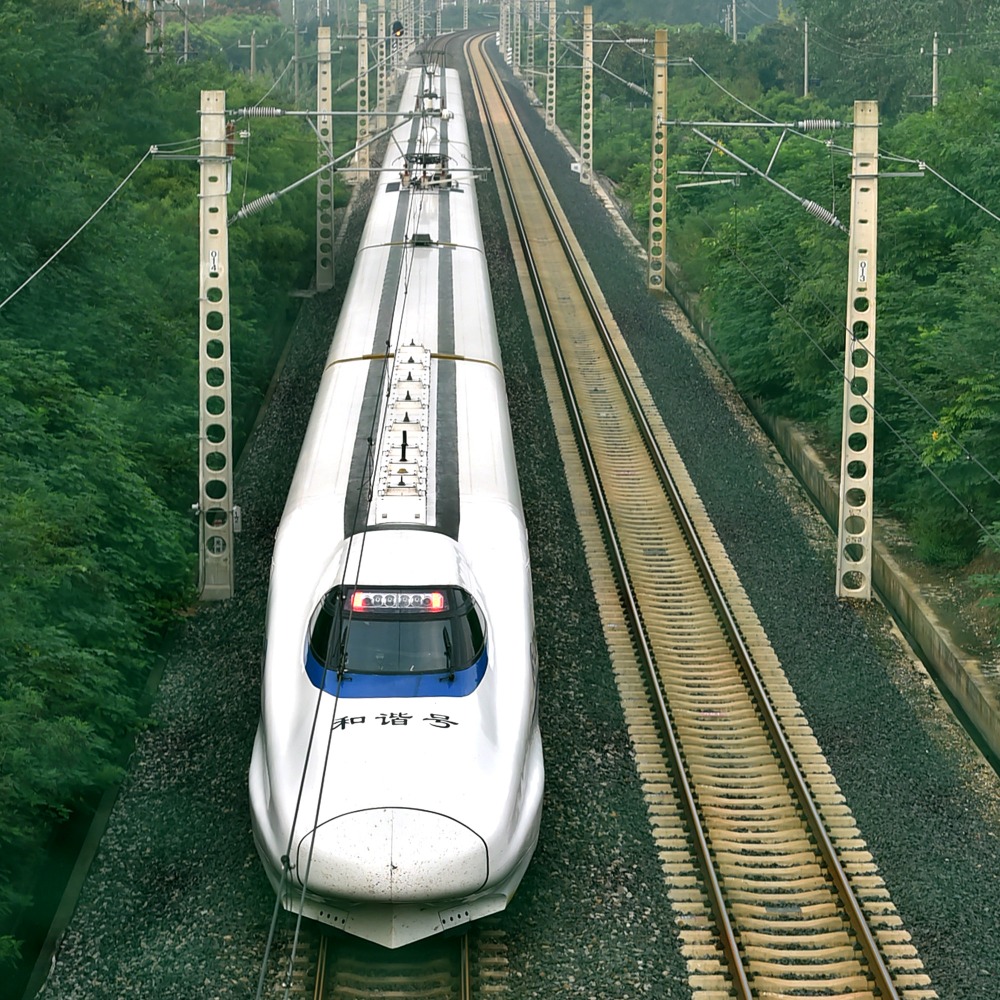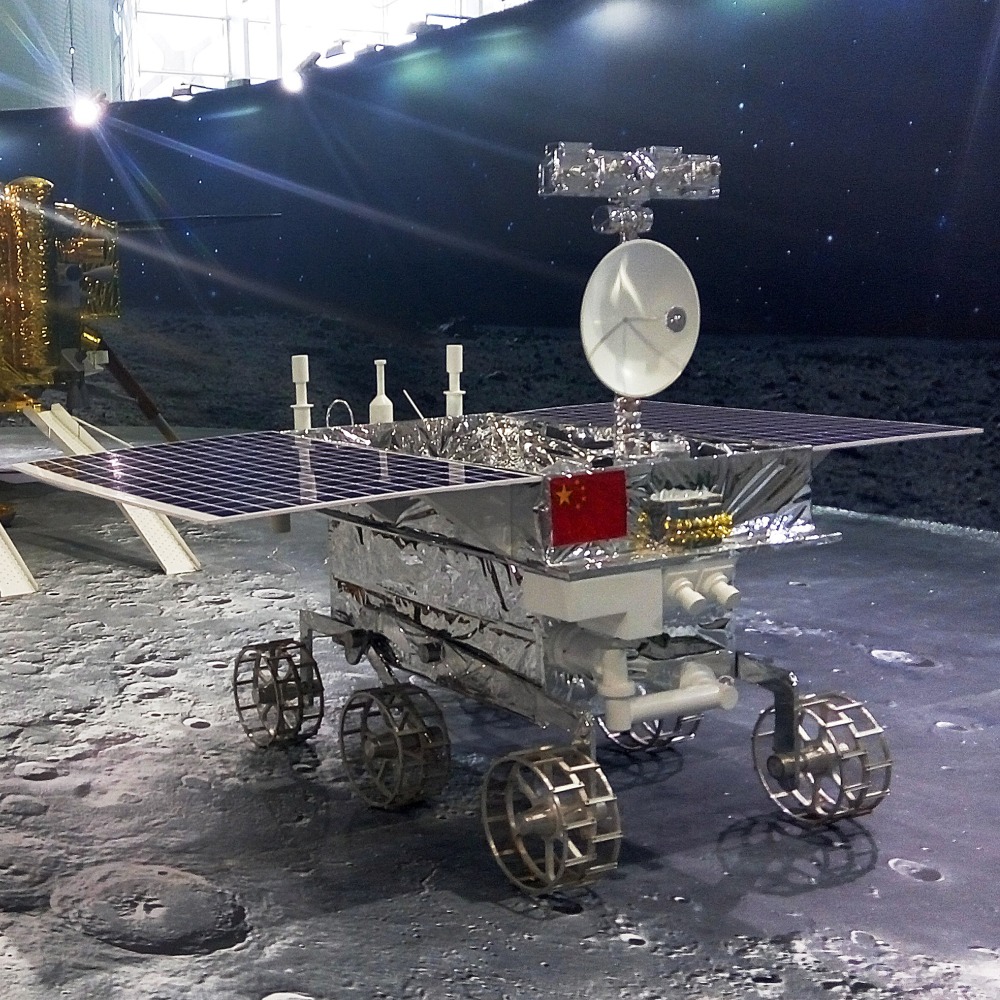Published : 2025-04-12
On April 12, 2017, China's first high-throughput communication satellite (an advanced model designer for internet connectivity), Shijian-13 (實踐十三號), was successfully launched on a Long March-3B carrier rocket from the Xichang Satellite Launch Centre.
This marked the beginning of the satellite internet era in China.
The Shijian-13 satellite can achieve "Communication on the Move" (COTM)—a satellite ground station communication system for mobile platforms—thoroughly improving the internet experience for passengers across aviation, maritime, and rail transport systems.
The Shijian-13 satellite was developed by the Fifth Academy of China Aerospace Science and Technology Corporation.
It is China's first high-throughput communication satellite with electric propulsion engineering application and is also the first satellite of the full configuration of the Dongfanghong-3B platform.
The so-called Dongfanghong-3B platform is the latest generation of medium-capacity communication satellite platform developed by China, which integrates advanced technologies like comprehensive electronics, electric propulsion, efficient thermal control, lithium-ion batteries, FDIR, etc.
The specific impulse of the electric propulsion is more than ten times that of conventional chemical propellants, allowing the satellite to carry less propellant, thus enhancing its payload.
The launch of Shijian-13 carries out China's first high-speed laser communication test on a geostationary satellite, with an orbital lifespan of 15 years.
Shijian-13 is the first Chinese satellite to apply the Ka-band multi-beam broadband communication system, with a total communication capacity exceeding 20Gbps, which enables user terminals to quickly access the network, with the highest download and upload rates reaching 150Mbps and 12Mbps respectively.
This truly realises the broadband application of satellite communication, filling the technical gap in this field in China.
According to statistics, China has more than 1,200,000 air passengers on average every day, and the daily railway passenger volume reaches 7,600,000 on average.
However, the internet experience for passengers is often not good, such as no internet access in airplane cabins, unstable mobile signals on high-speed trains, and loss of signal when going out to sea.
To address this issue, the Shijian-13 satellite adopts an integrated space-ground design concept, with an important service being to provide high-speed "Communication on the Move."
It enhances communication capability and improves passenger internet experience by seamlessly switching multiple beams to automatically track and capture functions with airborne, vehicle-borne, or ship-borne terminals.
Shijian-13 has also been incorporated into the "ChinaSat" satellite series, named "ChinaSat-16," which is also the first time China combines satellite technology testing with demonstration applications.
